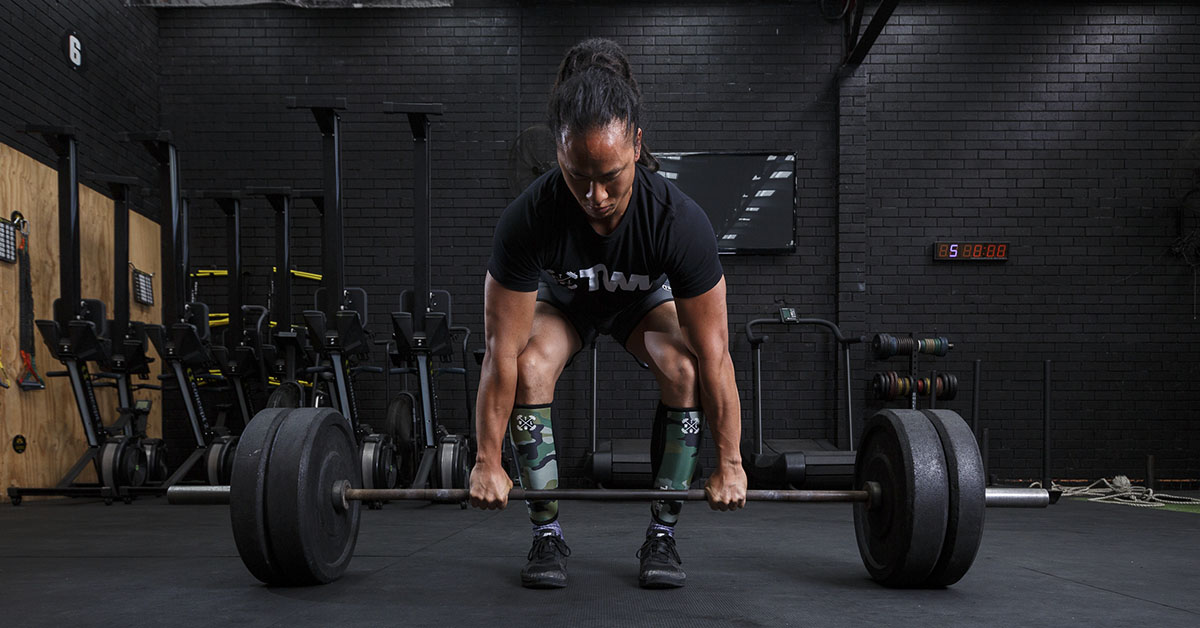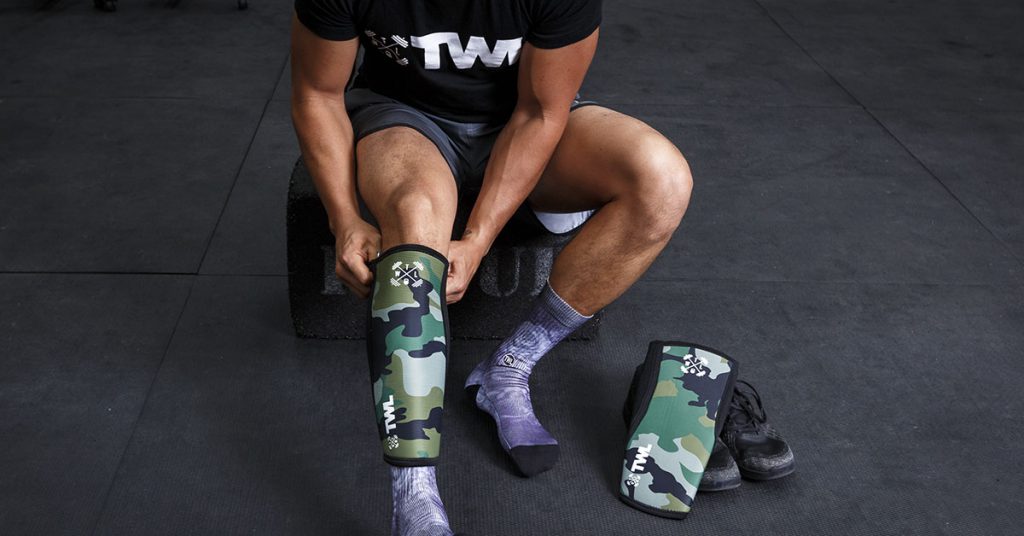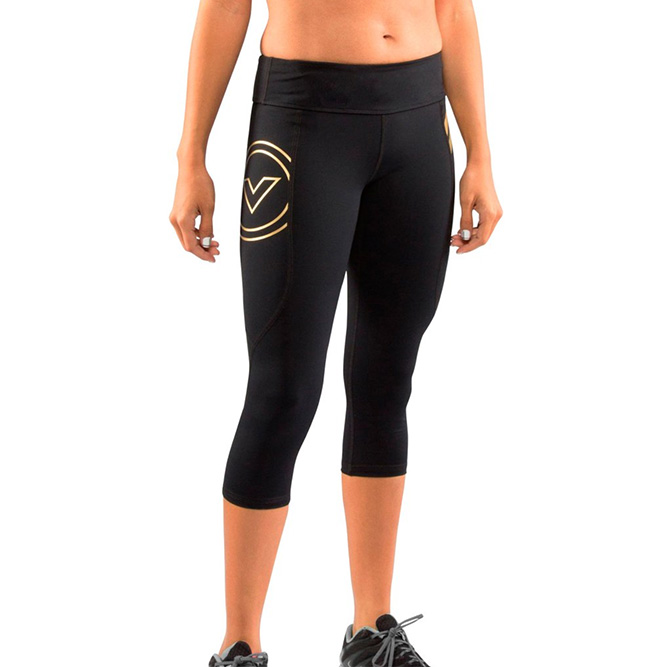Compression wear or functional clothing is becoming more visible in the world of CrossFit. Sure, it looks sharp; but truthfully, it can offer a number of benefits for those who wear it. However, not everyone is aware of or has a complete understanding of compression — professionals and newbies alike. What does it do? How does it work? How can it help you?
Here are the three things you should know about compression.
1. It Can Encourage Heightened Awareness of Your Muscles and Joints
Functional clothing provides compression. In simple words, to compress is to reduce the surface area of something and thus increase pressure. This means that wearing functional clothing reduces your body’s overall surface area and provides pressure where applied. As a result, it also compresses your nerves.
Look at it this way: in regular clothes, do you feel your legs? Probably not, unless you touch them. If you’re wearing compression pants, you will feel your legs.
Compression forces you to feel those parts of your body and become more aware of them. Greater muscle control is particularly helpful for those who want to lift heavy weights: as we all know, when you’re trying to lift heavier, being able to utilize every single muscle matters.
2. Compression Clothing Can Reduce Muscle Movement
By compressing entire muscle groups, these garments can reduce muscle movement and muscle oscillations, according to research. By using less of your muscle strength, less energy is spent keeping those muscles in position. This means you might be able to lift a little more, if you’re wearing compression clothing. Depending on the type of compression you’re wearing and where, it could (using the example of knee compression) help you lift up to 10% more.
There’s another benefit, here, along similar lines. Since your movement is somewhat limited, it might be easier to snap back out of a lift. Look at squatting, for instance. If you’re utilizing compression on your lower body, it could be harder to get stuck in the “hole” of your squat. This means you might stand up more easily — and possibly with more weight on the bar.
3. You Can Use Compression for Recovery
This might be the most common use for compression. With more blood drawn to the compressed area, the transport of lactate from your muscles is sped up. This rinses your muscles of lactates and helps them recover at a faster rate. According to research, compression won’t eliminate muscle soreness completely; but the improved blood circulation will help reduce pain, swelling and pressure. (Side note: there’s a common misconception that pain causes swelling. It’s actually the other way around. With compression reducing swelling, it thereby reduces pain.)
So, compression gear can help you expend less energy while lifting, be more aware of the muscles you are (and aren’t) using and make recovery a little bit smoother.
The Right Fit?
Depending on your needs and physical activity, you might opt for low, medium or high grade compression. The grade simply refers to how tight it is. And make no mistake about it: compression gear is meant to be tight. It shouldn’t be cutting off your circulation, but it might feel like you’re wearing clothes that are too small.
Like so much else in the realm of fitness, you should try different types of compression wear and see what works best for you. There’s no one-size-fits-all approach. Shop with The WOD Life today for a selection of compression gear.















